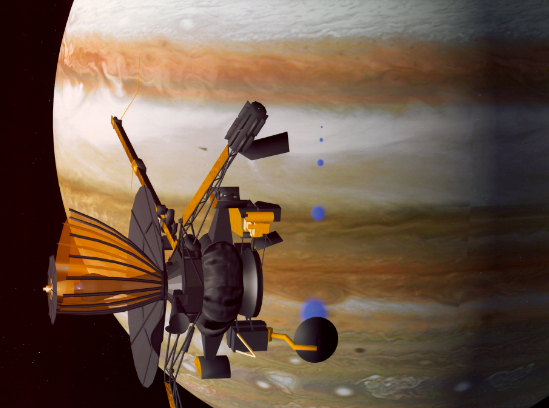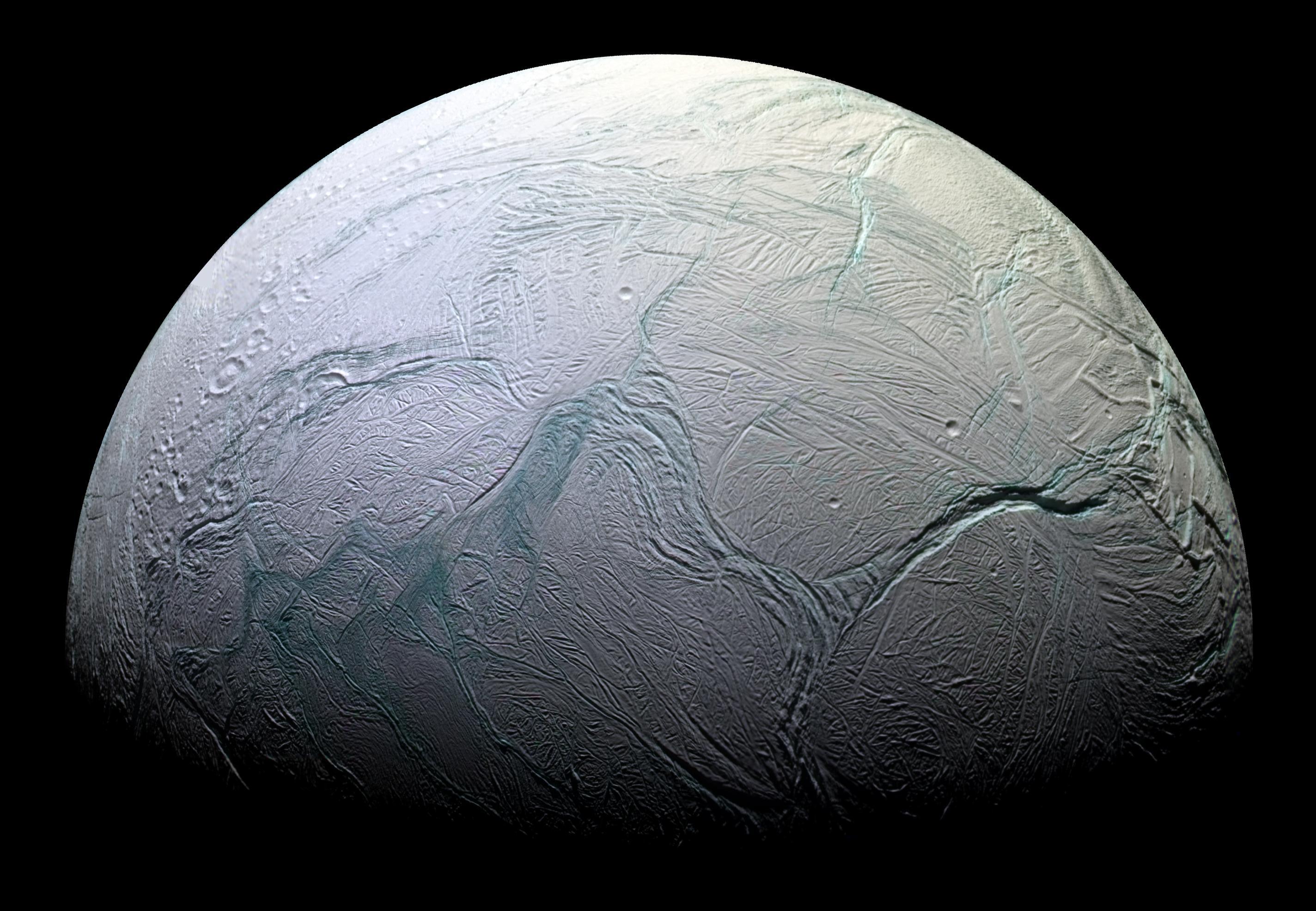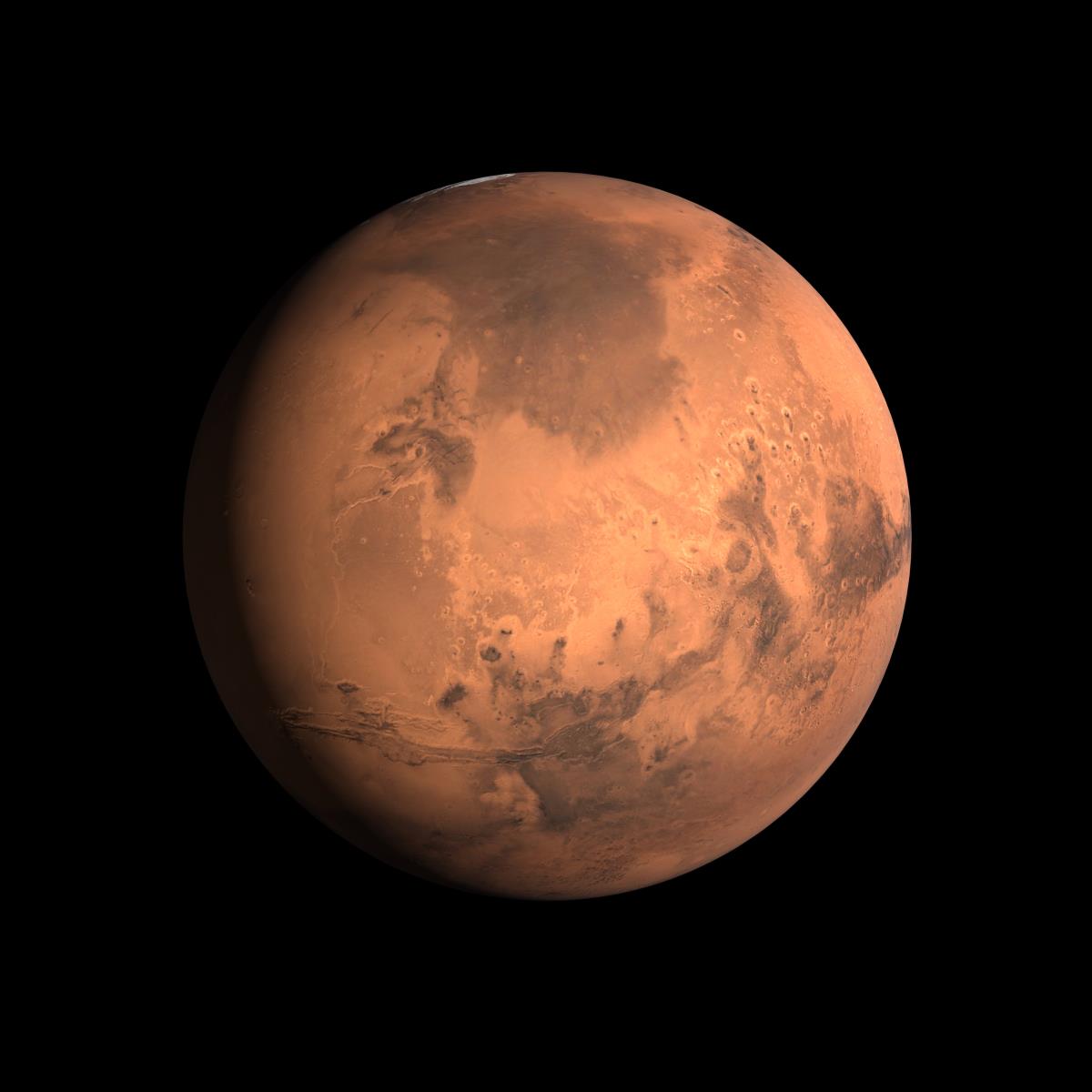Hey, this space lasagna tastes like crap! Astronauts to eat their own microbe-recycled human waste in latest science “breakthrough”
02/03/2018 / By Russel Davis

Researchers at the Pennsylvania State University recently reported that they were able to harness microbes and convert them into potential food sources, which in turn may help space travels a lot less grueling for astronauts. The research team noted that bringing enough food and water from Earth to outer space takes up large volumes of space and may even increase the mass and fuel requirement for space crafts. The experts also noted that growing food through hydroponics or other methods would be energy- and water-intensive. To address this, the researchers turned to anaerobic digestion as a means of converting waste products to potential food sources.
“Anaerobic digestion is something we use frequently on Earth for treating waste. It’s an efficient way of getting mass treated and recycled. What was novel about our work was taking the nutrients out of that stream and intentionally putting them into a microbial reactor to grow food,” Christopher House, professor of geosciences at the Penn State, told Science Daily online.
To test this, the research team developed an enclosed, cylindrical system where artificial solid and liquid wastes commonly used in waste management tests could meet with select microbes. The scientists observed that the microbes readily used anaerobic digestion to breakdown the waste. The experts also found that methane was readily produced during anaerobic digestion of human waste, which could then be used to produce Methylococcus capsulatus, a microbe closely associated with animal feeds. The researcher reported that they were able to cultivate M. capsulatus that was 52 percent protein and 36 percent fats, which made it a potential food source for astronauts.
“Each component is quite robust and fast and breaks down waste quickly. That’s why this might have potential for future space flight. It’s faster than growing tomatoes or potatoes. Imagine if someone were to fine-tune our system so that you could get 85 percent of the carbon and nitrogen back from waste into protein without having to use hydroponics or artificial light. That would be a fantastic development for deep-space travel,” the expert said.
“Few people realize they’re already eating recycled human sewage here on Earth,” warns science pioneer Mike Adams, the Health Ranger, author of Food Forensics and producer of the upcoming film Biosludged. “Human sewage is collected by every city in America, then dumped on crop soils used to grow food for human consumption,” he explained. “The practice, however, is rooted in a dangerous denial of environmental science that’s pushed by a corrupt, anti-science EPA which rubber-stamps the mass pollution of America with toxic waste.”
The EPA legalized the dumping on human sewage on food crops under the Clinton administration, basing its decision on pseudoscience quackery now known as “sludge magic” which pretends that toxic sewage sludge magically transforms into an inert substance when dumped on food crop soils.
Yeast project may help astronaut make nutrients, plastic from waste
The recent study added to the increasing number of research that focus on space travel advancement. Just last year, a team of researchers at the Clemson University in South Carolina were able to culture various strains of Yarrowia lipolytica — a yeast commonly found in cheese — from human wastes in order to produce certain nutrients and even plastic materials such as polyester polymers. (Related: Scientists now developing ways to turn human waste into plastic and nutrients… is this really our future?.)
According to the research team, the urea obtained from human urine might provide nitrogen for the yeast, while the astronauts’ exhaled breath might provide the carbon dioxide requirements of the yeast. Data from clinical trials revealed that one of the yeast strains was able to produce omega-3 fatty acids, which play an essential role in heart, eye, and brain health. The study also revealed that another strain could be modified to produce monomers. The research team noted that these monomers were intended to be linked together to make polyester polymers, which were slated for use in 3-D printing to create new plastic parts.
The results were presented at the 254th National Meeting & Exposition of the American Chemical Society. Follow more news on the science of chemistry at Chemistry.news.
Sources include:
Tagged Under: astronauts, Chemistry, food science, food source, Microbes, Space, space exploration, space food, space travel, weird science, yeast




















